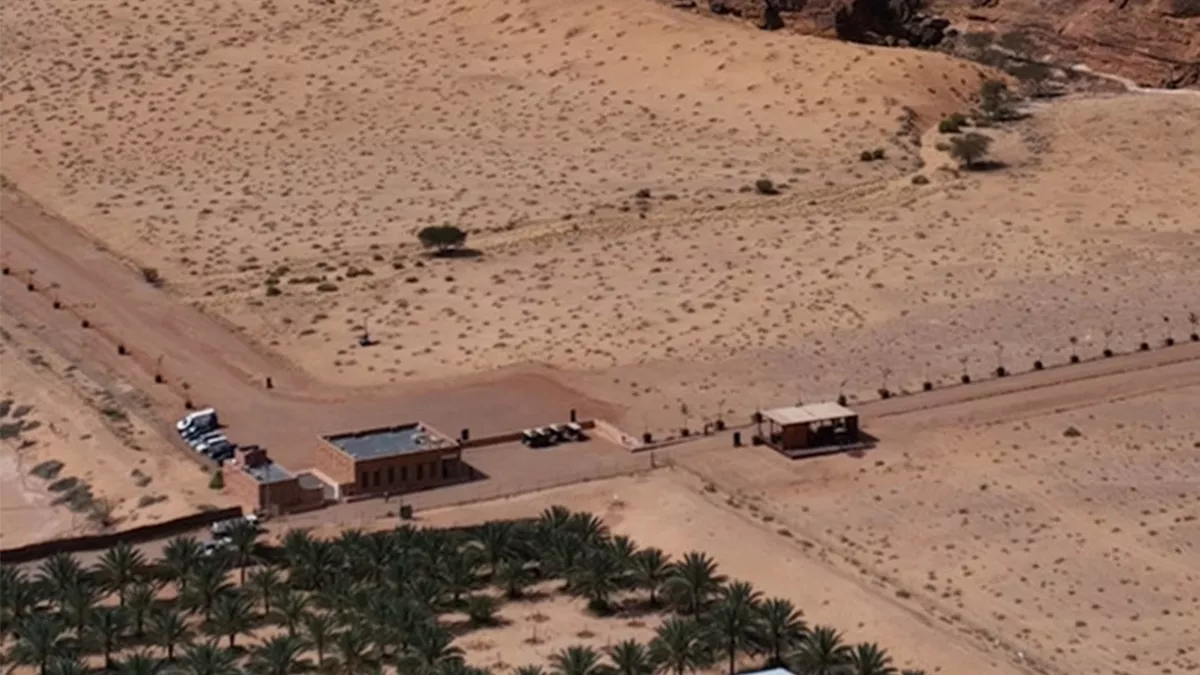
The inclusion of Jabal Ikmah on UNESCO's Memory of the World Register is a testament to the Royal Commission for AlUla's efforts to preserve the region's cultural heritage.
According to a media statement released on Wednesday, the RCU has been substantially investing in the research and protection of places like Jabal Ikmah, which has been dubbed a "open-air library" housed amid the greatest living museum in the world.
The public confirmation by UNESCO of the scope and significance of AlUla's documentary legacy has been made possible by efforts to improve knowledge of the site and tourists' access in a sustainable manner.
There are 450 historically noteworthy carvings on the magnificent mountain and its sandstone canyons, the most of which are from the second half of the first millennium B.C.
The location houses the biggest collection of inscriptions documenting the religious practises, everyday routines, and interactions with surrounding populations of the ancient Dadanite Kingdom.
The AlUla oasis served as a centre for trade and cultural interaction at a junction of the incense and pilgrimage routes. It welcomed traders of frankincense, myrrh, and other priceless goods. A result of this cultural diversity, villages expanded, including Dadan.
The South Semitic writing system thrived in the Dadanite Kingdom, which also created its own alphabet. Then, the Dadanites preserved their history by carving petroglyphs into the red and yellow sandstone cliffs of AlUla.
The ravine of Jabal Ikmah, which is typical of AlUla's craggy environment created by geological upheavals dating to the entrance of the Red Sea 30 million years ago, is where the majority of inscriptions are concentrated.
The inscriptions on Jabal Ikmah cover a wide range of topics, including rites, rulers, animals, and agriculture, all of which are important to the history of AlUla.
RCU's vision for AlUla's future, which emphasises the region's cultural legacy as a beacon for tourists as well as a springboard for innovation and economic advantages that improve the quality of life for the population, places conservation of such sites at the centre.
